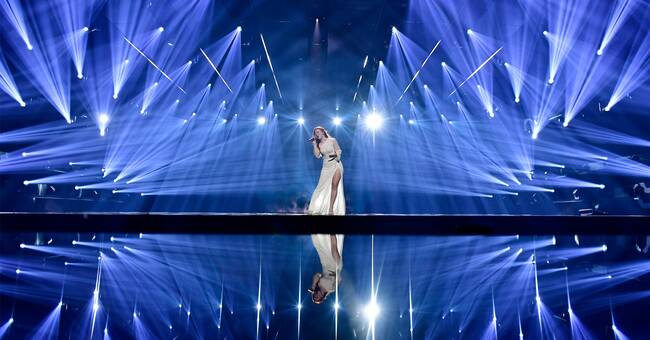Before each Melodifestival, we usually see headlines that the year will offer the biggest stage ever.
Or that there are a record number of lamps or that the production uses a record amount of energy.
"Building your own roof"
This year, those headlines have shone with their absence.
But it is also a very special year for the stage builders at the Melodifestivalen.
Everything should fit in the small Annex.
But at the same time, they do not have to tear down and build up the stage week after week - and they can take advantage of the fact that no audience needs a place.
- We are building our own roof at the same height as the light rig.
We can not do that on a tour.
It takes time to demolish and build and take to the next town town.
There are more such things that we can do a little more carefully this year precisely because we have a stationary scenography, says Viktor Brattström, scenographer at Melodifestivalen
He continues:
- Since there is no audience, we can also play with pictures in a different way.
We can shoot a little crooked and from the side and angle up in a completely different way.
The number had not worked with the audience
And the latter is something that the TV audience will quickly notice on Saturday.
Normally, the artists mostly deliver to the audience.
We have seen shorter intros that took place off stage - like when Robin Bengtsson started backstage with his winning contribution in 2017. But after the intro he went out and met the audience during the rest of the song.
This year, there is no need for the latter and quite rightly, for example, Danny's contribution takes place almost entirely inside a cube.
It's a stage show that has never worked so well in front of an audience.
At the same time, the Heirs effectively make use of the elongated feeling of the stage and are initially far apart.
And when Nathalie Brydolf goes to her ballad, we get to see that roof with picture angles that has rarely been seen in Melodifestival contexts.
So how would you describe the scene?
- It is the catwalk and club that meet the gala, says Viktor Brattström, set designer at the Melodifestivalen.
He continues:
- This year we have ignored trying to break some records in size, widths and heights.
We have tried to be more efficient, more clubbing but have kept this large-scale.

